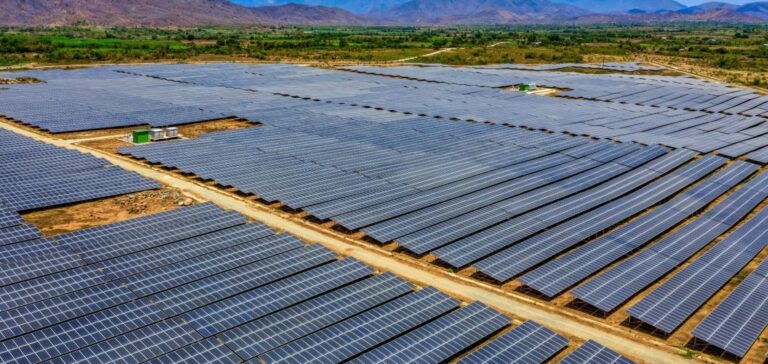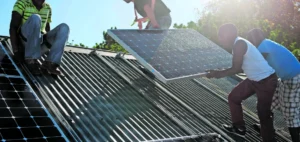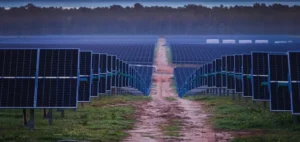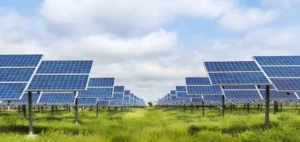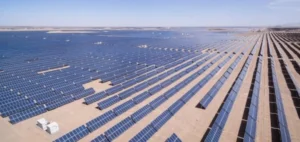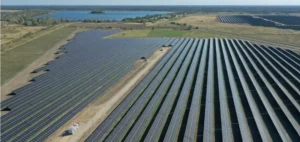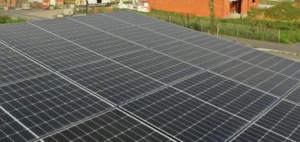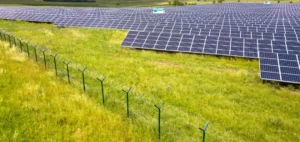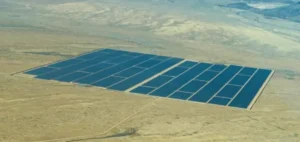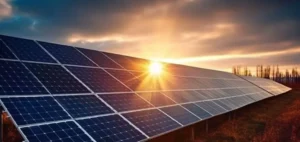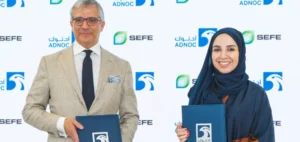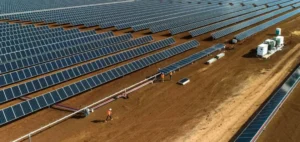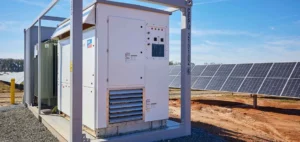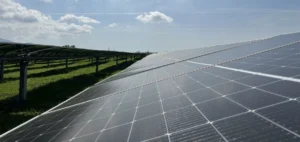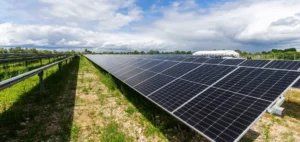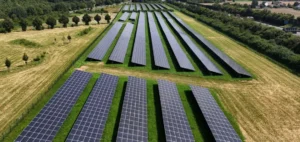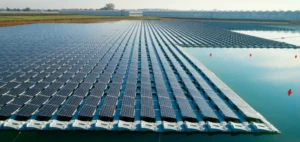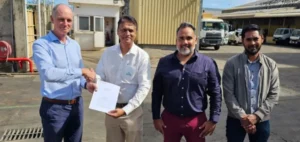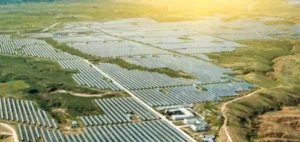Norwegian company Scatec has confirmed financial closure for the second phase of the Mmadinare solar complex in eastern Botswana. This project, with a total capacity of 120 megawatts (MW), represents an investment of 96 million euros (BWP 1.5 billion).
The project is structured into two 60 MW phases. The first phase was secured in 2022 through a 25-year power purchase agreement (PPA) signed with Botswana Power Corporation (BPC). The second phase was awarded to Scatec during the third quarter of 2023.
Financing and key stakeholders
The financing is based on a mixed model combining 64 million euros (BWP 1.0 billion) in non-recourse debt provided by First National Bank of Botswana (via Rand Merchant Bank) and the International Finance Corporation (IFC), and 32 million euros (BWP 500 million) in equity. The equity portion is fully covered by Scatec, which owns 100% of the project.
Strategic objectives and economic impact
This project is part of a strategic effort to expand renewable energy production in Africa. By avoiding approximately 48,000 tons of CO2 emissions annually, it contributes to climate and environmental goals while reducing reliance on traditional energy sources.
Located near Mmadinare, about 400 kilometers northeast of Gaborone, the solar plant will supply energy to approximately 20,000 households. The operation and maintenance of the site will be managed by Scatec’s regional teams in South Africa, ensuring local expertise and economic benefits for the region.
Toward diversification of financing
In a context where access to capital remains a challenge for renewable energy projects in Africa, Scatec plans to introduce financial partners to diversify its portfolio. This approach aims to reduce its economic exposure while maintaining its role in managing and operating the project’s energy assets.
The Mmadinare solar complex represents a tangible example of opportunities created through partnerships between international financial institutions, private investors, and energy companies in emerging markets.

